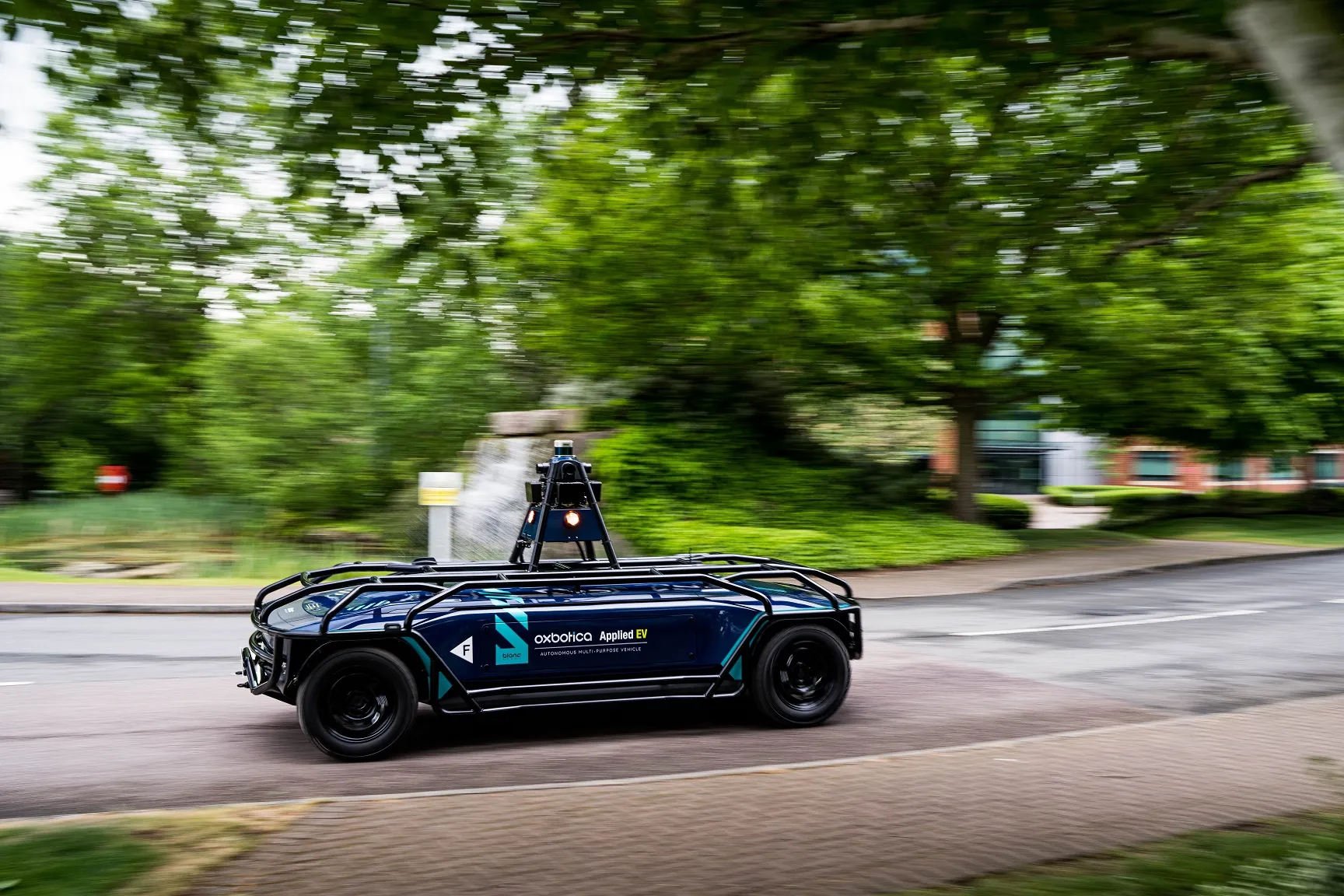According to Sasko Cuklev, director autonomous solutions, at Volvo Trucks: “Transportation is really the lifeblood, the pulse of societies, it drives prosperity for business and the people. In the near future, we will start to see self-driving trucks from Volvo on our roads becoming a part of our society.”
Ann-Sofi Karlsson, director human factors for automation, Volvo Trucks, added: “Automation comes in many forms and applications, from advanced driver support systems to self-driving trucks. We are putting huge effort into solutions that will make life easier for drivers and operators – making the job more attractive and safer.”
Volvo Trucks puts its first commercial autonomous vehicles into action
Volvo Trucks puts its first commercial autonomous vehicles into action
January 3, 2019
Read time: 1 min









